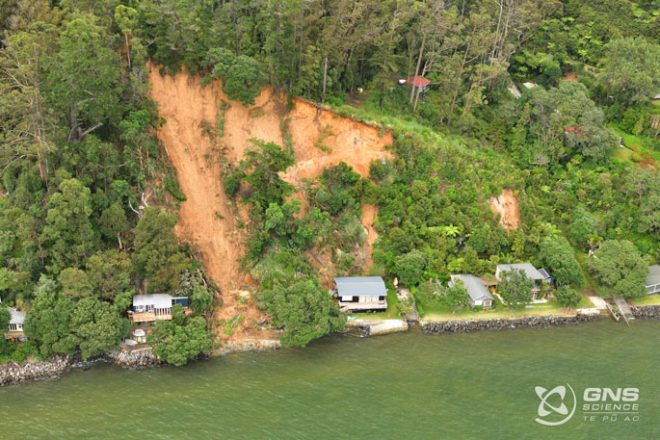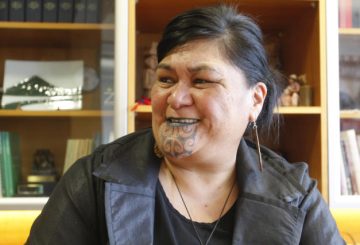Toka TūAkeの地震委員会(EQC)は、14の研究チームに120万ドル以上を寄付しました。これは今年の隔年助成金ラウンドの一部です。これらのプロジェクトの目標は、自然災害のリスクをよりよく理解し、その影響を軽減する方法を見つけることです。
Toka Tū Ake EQCは、ニュージーランドの住宅、町、都市におけるすべての意思決定において、自然災害に対する回復力が考慮されるようにしたいと考えています。研究に投資することで、自然災害による事象に対する私たちの脆弱性を減らすことを目指しています。
隔年助成金は、1989年から2年ごとに交付されています。授与される助成金は、東華通明博士の研究上の優先事項と一致しています。これらには、人を助ける研究、危険とその影響を測定する研究、スマートな土地利用、ガバナンスと経済、強靭な建物について検討する研究が含まれます。今年は、80近くの団体が助成金に関心を示しました。
研究責任者のナタリー・バルフォー博士は、14の研究プロジェクトはそれぞれ、ニュージーランドの自然災害のリスクを理解し、自然災害が発生した場合の人や財産への影響を軽減するのに役立つと述べています。
彼女は、成功したプロジェクトは火山から地すべりまで、さまざまな自然災害を対象としていると説明しています。プロジェクトの多くは、気候変動がこれらの災害に及ぼす影響も考慮しています。マオリの研究者が主導するプロジェクトや、マオリの知識を取り入れたプロジェクトもあります。
バルフォー博士は、科学と研究への投資は極めて重要だと考えています。彼女は、この研究を他の人が使える有益な情報に変えることが重要だと言います。これは、政策立案者、地方議会、設計者、エンジニア、建設業者、一般市民がより良い意思決定を行うのに役立ちます。
また、Toka TūAkeは、マオリの関連研究や若手研究者にさらなる機会を提供するために、引き続き特別基金を確保している。
Toka TūAkeは、隔年助成金への資金提供に加えて、ニュージーランド全土の大学での研究に投資し、自然災害とリスク軽減に関する研究において地域やコミュニティ組織を支援し、GeoNet New Zealandの自然災害監視システムなどのシステムやプログラムに貢献しています。






























































